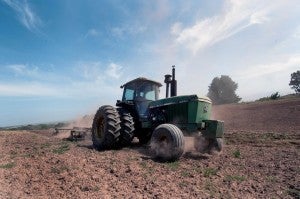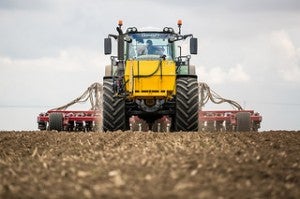
Credit: Flickr user Brian Talbot
A new survey from the Center for Food Integrity suggests that transparency is no longer optional for food companies. Consumers want to know what’s in their food, where it’s from, and how its production helps or harms the planet.
“Consumers increasingly expect their favorite brands to assure more than quality and safety,” said the center’s CEO, Charlie Arnot. “They now expect those brands to assure the supply chain is also transparent.”
Transparency will bring companies’ environmental impacts to light– which can then motivate improvement. But it doesn’t guarantee sustainability – especially when it comes to agriculture. That’s because it’s up to food companies themselves to do the heavy lifting – to address the actual environmental impacts of food production.
For food companies to reach their sustainability goals, transparency is often just the first step. Here’s what follows. Read More








